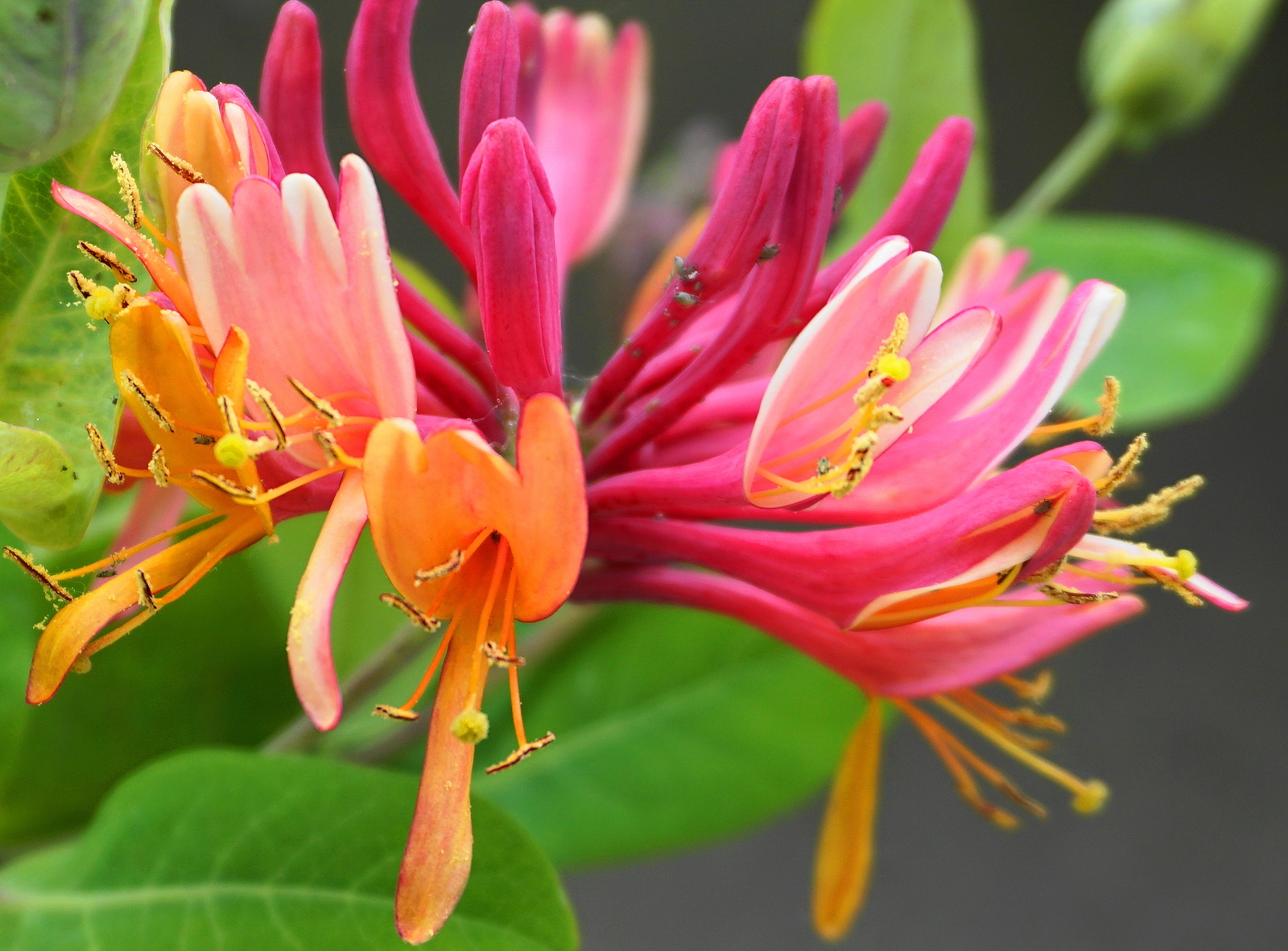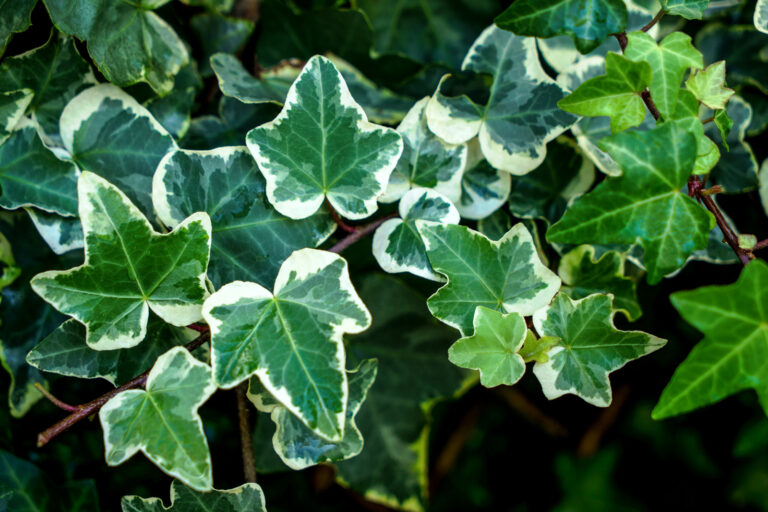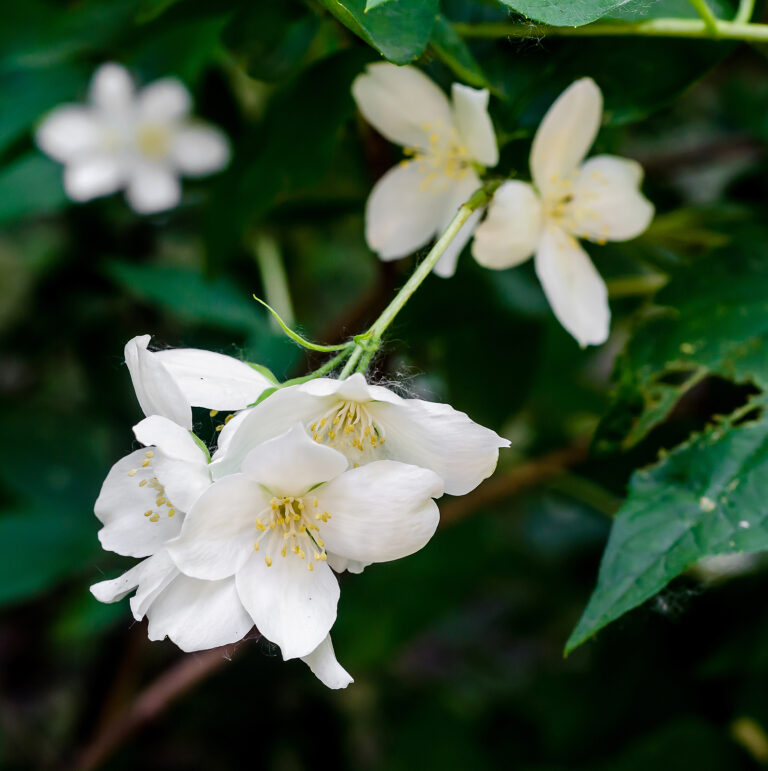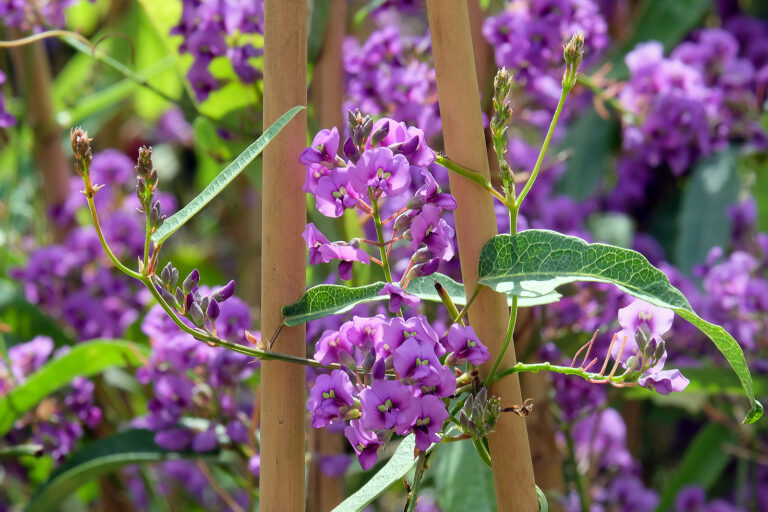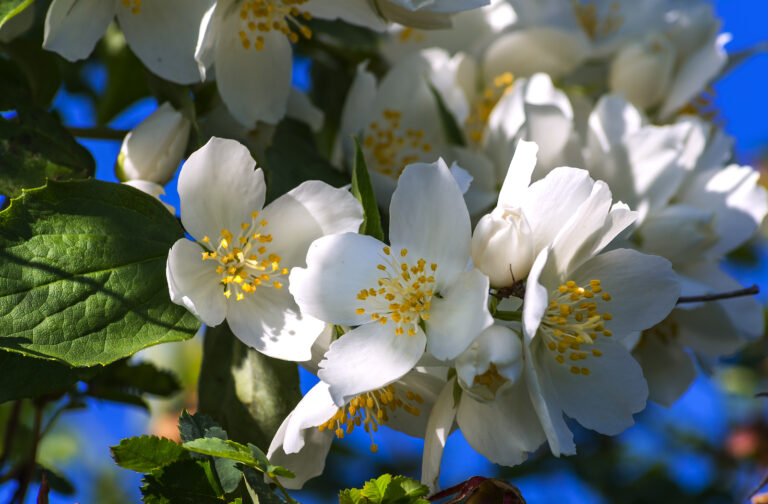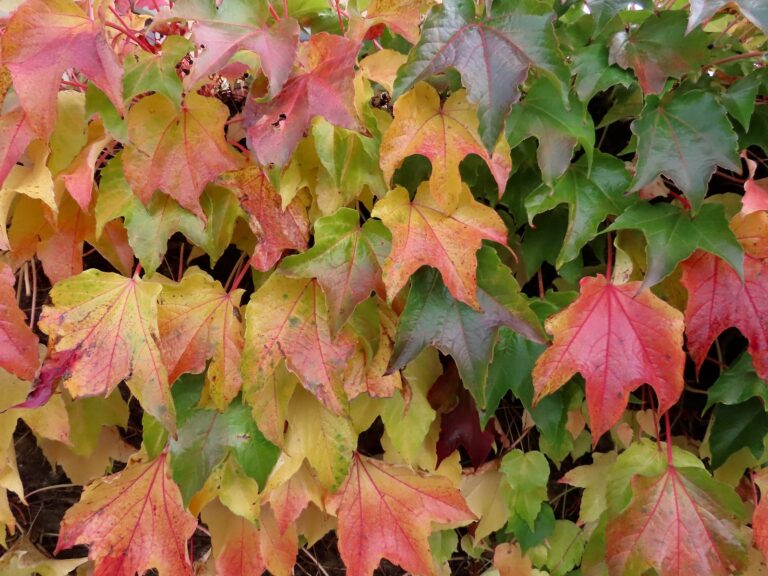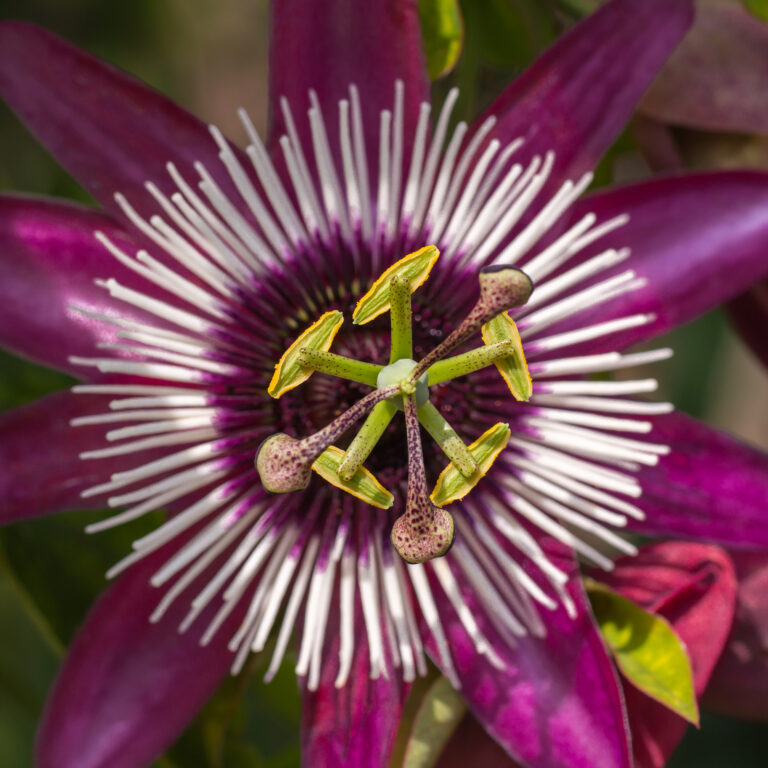How to Grow Lonicera – Honeysuckle
Lonicera–commonly called honeysuckle–bears tubular or funnel- to bell-shaped, often fragrant flowers which are usually 2-lipped or have 5 small, spreading lobes. Flowers which are yellow, white, and red appear from late-spring to late-summer and are followed by small red berries.
Honeysuckle is the common name for the genus Lonicera–a group of ornamental shrubs and vines valued for their showy, often fragrant flowers. There are about 180 species of Lonicera–some are deciduous, some evergreen, some are climbing, and some grow in bush form.
Honeysuckles are easy to grow. They are not particular about soil and prefer an open, sunny location although they do well in partial shade.
Lonicera can be used in mixed shrub plantings or for screening. Climbers are good on fences and trellises. Lonicera japonica and some others make good groundcovers.
Lonicera propagated by seed, cuttings of mature wood, and layers.
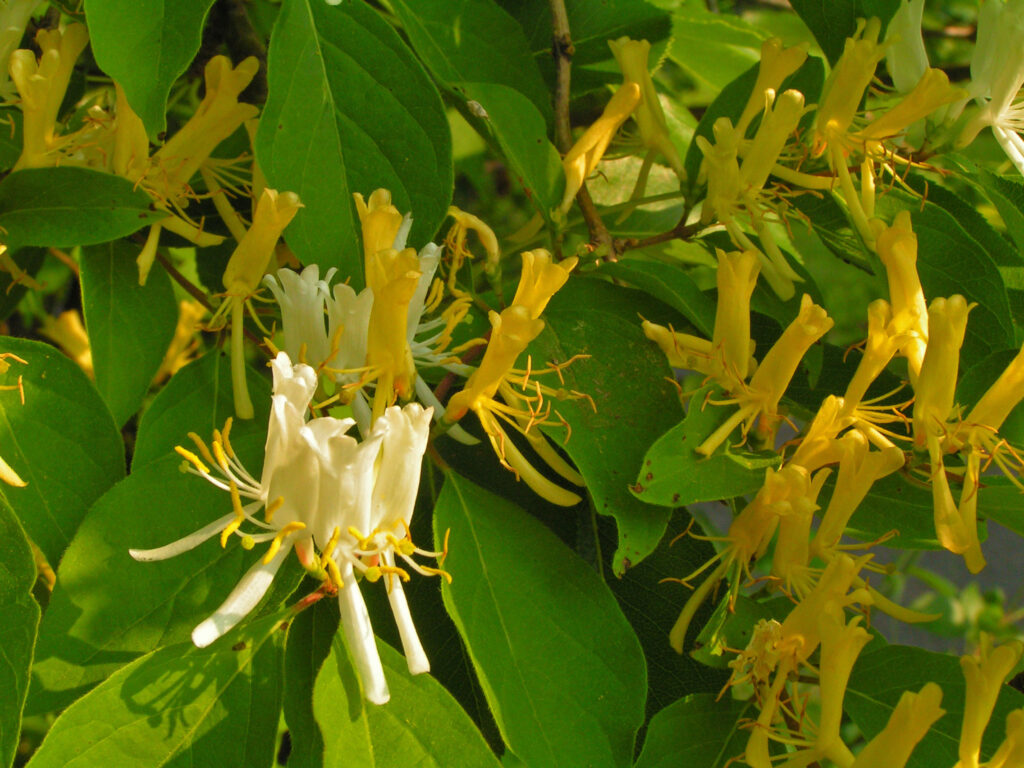
Get to know Honeysuckle
- Plant type: Deciduous late summer- or fall-blooming bush or vine
- Growing Zones and range: Zones 3 to 9
- Hardiness: Tender
- Height and width: 8 to 30 feet (2.4-9m)
- Foliage: Simple oval leaves borne in opposite pairs
- Flowers: Tubular or funnel- to bell-shaped, often fragrant flowers which are usually 2-lipped or have 5 small, spreading lobes.
- Bloom time: Late spring, summer, and early fall.
- Uses: Train to climb a wall or fence or onto a large shrub
- Common name: Honeysuckle
- Botanical name: Lonicera spp.
- Family: Caprifoliaceae
- Origin: Various habitats across the Northern Hemisphere
Where to plant Lonicera
- Plant Lonicera in full sun to light shade.
- Grow Lonicera in humus-rich to average soil that is well-drained.
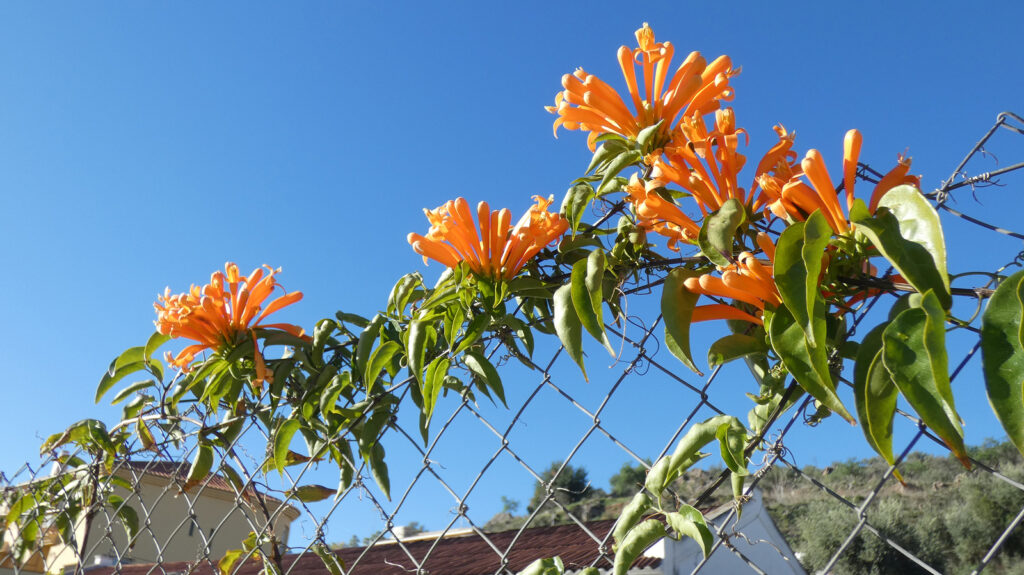
When to plant Lonicera
- Set Lonicera in the garden in spring.
Planting and spacing Lonicera
- Space Lonicera 8 to 20 feet apart depending on the variety.
How to water and feed Lonicera
- Lonicera needs ample moisture; keep the soil evenly moist.
- Lonicera does not need fertilizer.
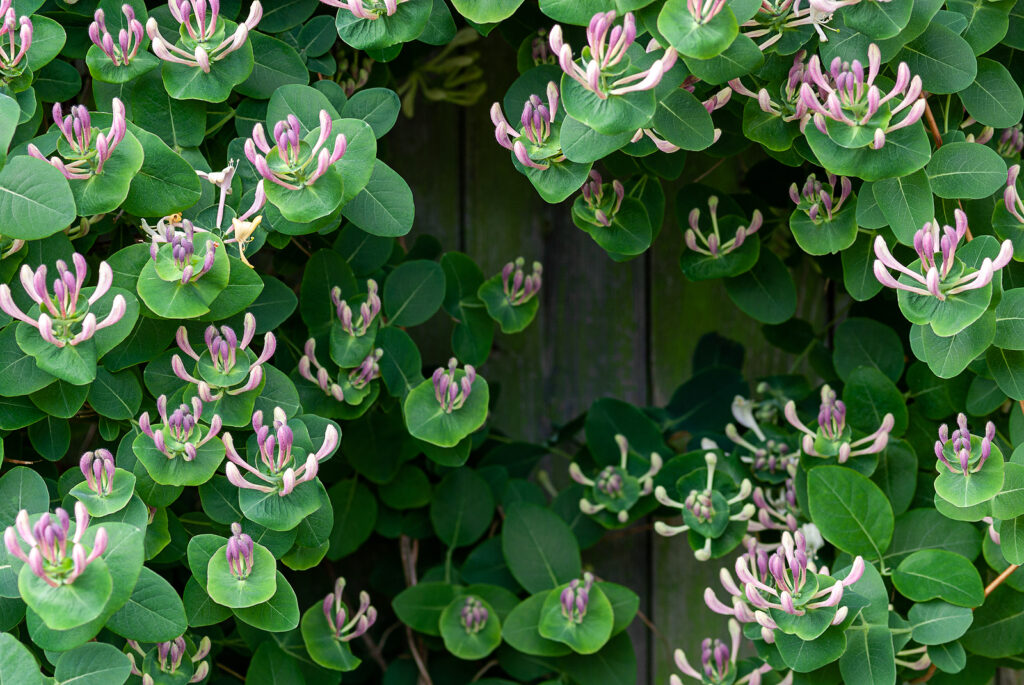
Lonicera care
- Mulch around Lonicera to conserve soil moisture.
- Lonicera needs large support to accommodate its mature size.
- Prune after flowering to keep vigorous growth under control.
Lonicera common problems
- Lonicera can be attacked by scale; spray with insecticidal soap or horticultural oil.
- Leaf roller and aphids can also attack honeysuckle.
Lonicera propagation
- Start cuttings in summer.
- Sow seed in a cold frame when seeds are ripe in spring.
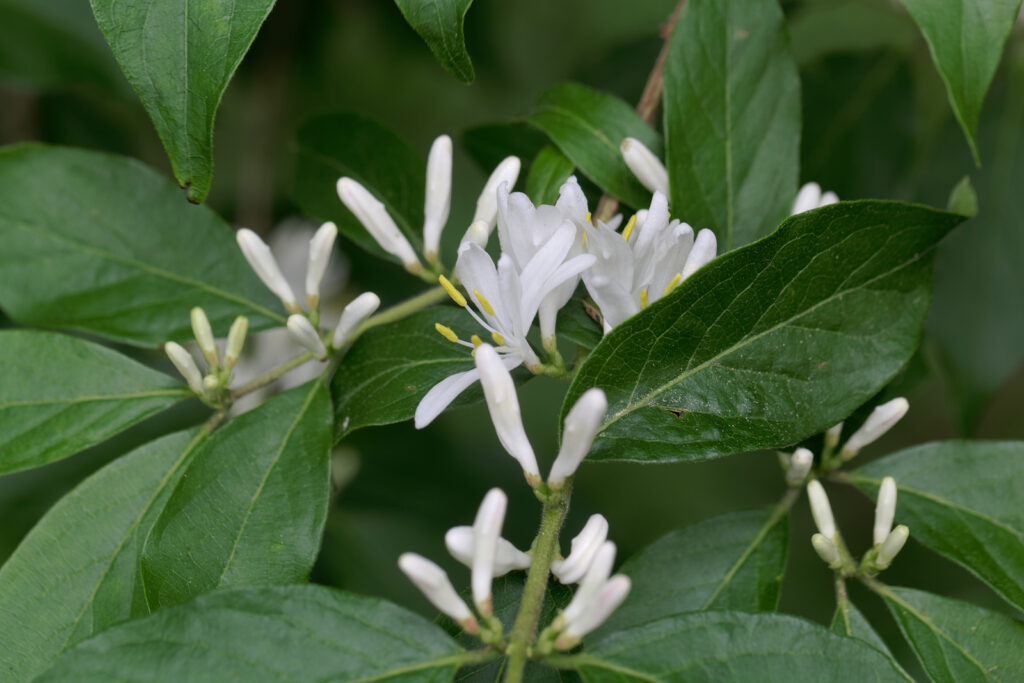
Honeysuckle varieties to grow
- Lonicera x brownie, Scarlet trumpet honeysuckle, deciduous vine grows to 8 feet (2.4m); scarlet or orange flowers at stem tips are fragrant; cultivar ‘Dropmore Scarlet’ bears showy red trumpet flowers.
- L. fragrantissima, winter honeysuckle, grows 8 to 10 feet tall and wide; flowers are cream tinged with pink; more fragrant than pretty.
- L. x heckrotti, Goldflame honeysuckle, twining climber grows to 10 feet and bears clusters of flowers that break from red buds and turn red-yellow; grows best in Zones 4-9.
- L. japonica, Japanese honeysuckle, can become invasive; is widely grown in gardens can grow to 15 feet tall and wide; ‘Halliana’ is evergreen often grown; cultivar ‘Purpurea’ has purple-tinged leaves.
- L. nitida, boxleaf honeysuckle, evergreen species is fast-growing; grows to 10 feet tall; salt-tolerant; cultivar ‘Baggesen’s Gold’ has golden foliage.
- L. periclymenum, Woodbine honeysuckle, deciduous climber grows 10 to 20 feet tall; bears clusters of fragrant, white to yellow flowering that can be flushed with red; cultivar ‘Graham Thomas’ produces white flowers.
- L. pileata, privet honeysuckle, semi-evergreen; horizontal habit to 3 feet tall and 6 feet wide; does not grow well in hot, humid regions.
- L. sempervirens, Trumpet honeysuckle, grows to 25 feet; deciduous semi-evergreen; clusters of trumpet-shaped flowers in shades of orange-red, red, or yellow.
- L. xylosteum, European fly honeysuckle: grows mounded to 10 feet tall and wide with arching branches; gray-green leaves and creamy white flowers; good selection for Midwest and Plains; ‘Emerald Mound’ grow to just 3 feet tall and 5 feet wide.

